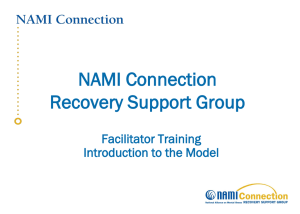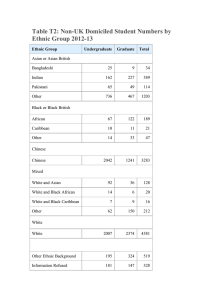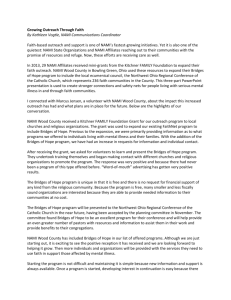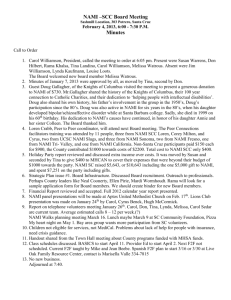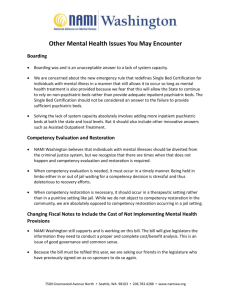Asian American Teenage Girls Have Highest
advertisement
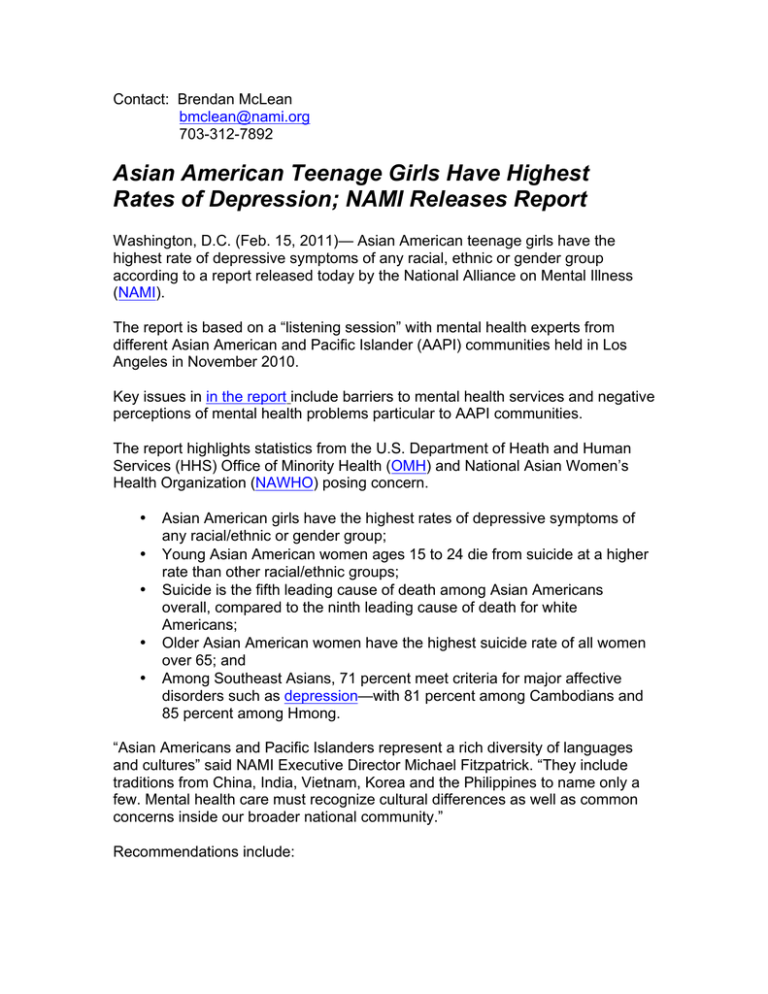
Contact: Brendan McLean bmclean@nami.org 703-312-7892 Asian American Teenage Girls Have Highest Rates of Depression; NAMI Releases Report Washington, D.C. (Feb. 15, 2011)— Asian American teenage girls have the highest rate of depressive symptoms of any racial, ethnic or gender group according to a report released today by the National Alliance on Mental Illness (NAMI). The report is based on a “listening session” with mental health experts from different Asian American and Pacific Islander (AAPI) communities held in Los Angeles in November 2010. Key issues in in the report include barriers to mental health services and negative perceptions of mental health problems particular to AAPI communities. The report highlights statistics from the U.S. Department of Heath and Human Services (HHS) Office of Minority Health (OMH) and National Asian Women’s Health Organization (NAWHO) posing concern. • • • • • Asian American girls have the highest rates of depressive symptoms of any racial/ethnic or gender group; Young Asian American women ages 15 to 24 die from suicide at a higher rate than other racial/ethnic groups; Suicide is the fifth leading cause of death among Asian Americans overall, compared to the ninth leading cause of death for white Americans; Older Asian American women have the highest suicide rate of all women over 65; and Among Southeast Asians, 71 percent meet criteria for major affective disorders such as depression—with 81 percent among Cambodians and 85 percent among Hmong. “Asian Americans and Pacific Islanders represent a rich diversity of languages and cultures” said NAMI Executive Director Michael Fitzpatrick. “They include traditions from China, India, Vietnam, Korea and the Philippines to name only a few. Mental health care must recognize cultural differences as well as common concerns inside our broader national community.” Recommendations include: • • • A national strategy of outreach and engagement using cultural messages, ambassadors and social media; A linguistically and culturally responsive mental health workforce, including recruitment of bilingual and bicultural members of the AAPI community; and. Recognition of cultural influences such as tight-knit family connections and individual and family desires to avoid stigma and shame from seeking treatment. NAMI’s Multicultural Action Center convened the listening session. Participants included: • • • • • • • • • • • • • • • • • • Asian American Studies Program; California State University Asian Health Coalition Center for Education Empowerment Charles B Wang Community Health Center Council for Native Hawaiian Advancement Chinese American Mental Health Outreach Program (NAMI New Jersey) Lehigh University NAMI Orange County NAMI San Diego NAMI San Francisco Pacific Clinics Peers Envisioning and Engaging in Recovery Services Rams Inc. U.C.-Davis School of Medicine Rethink BPD San Mateo County Health Department Union of Pan-Asian Communities and Utah Division of Substance Abuse and Mental Health About NAMI NAMI is the nation's largest grassroots mental health organization dedicated to improving the lives of individuals and families affected by mental illness. NAMI has over 1,100 state and local affiliates engaged in research, education, support and advocacy. http://www.nami.org/AAPI/report http://twitter.com/namicommunicate http://www.facebook.com/officialNAMI
